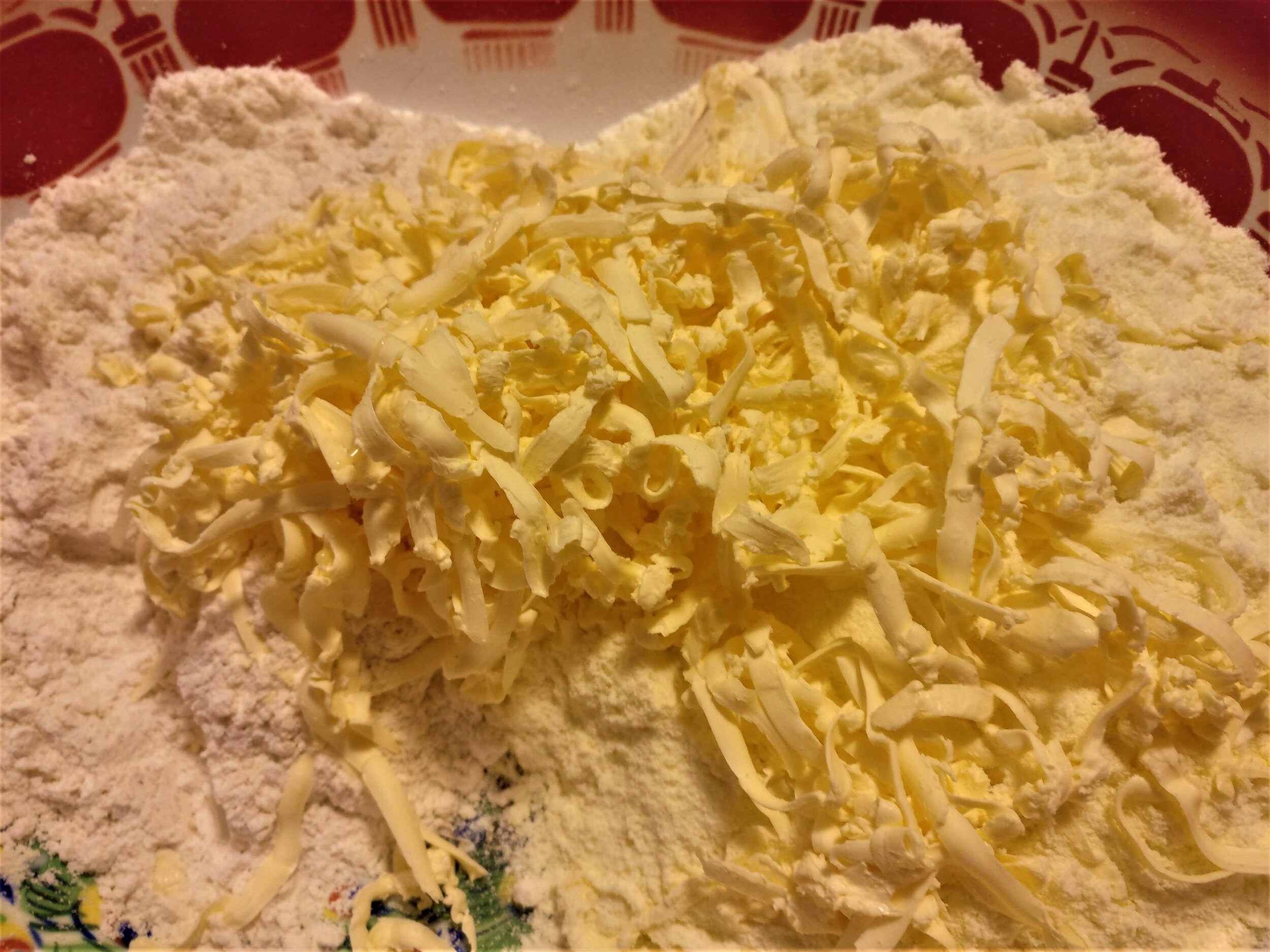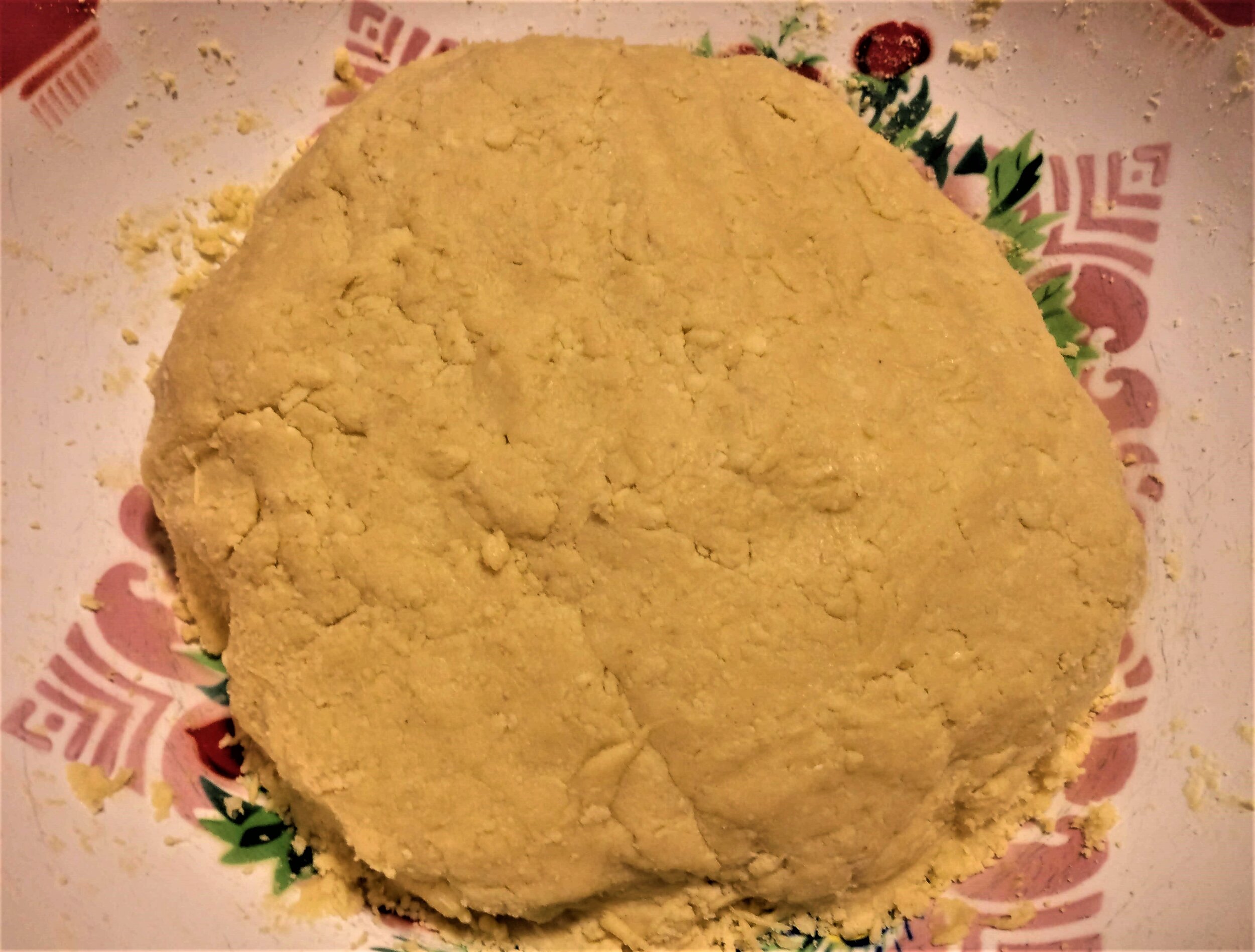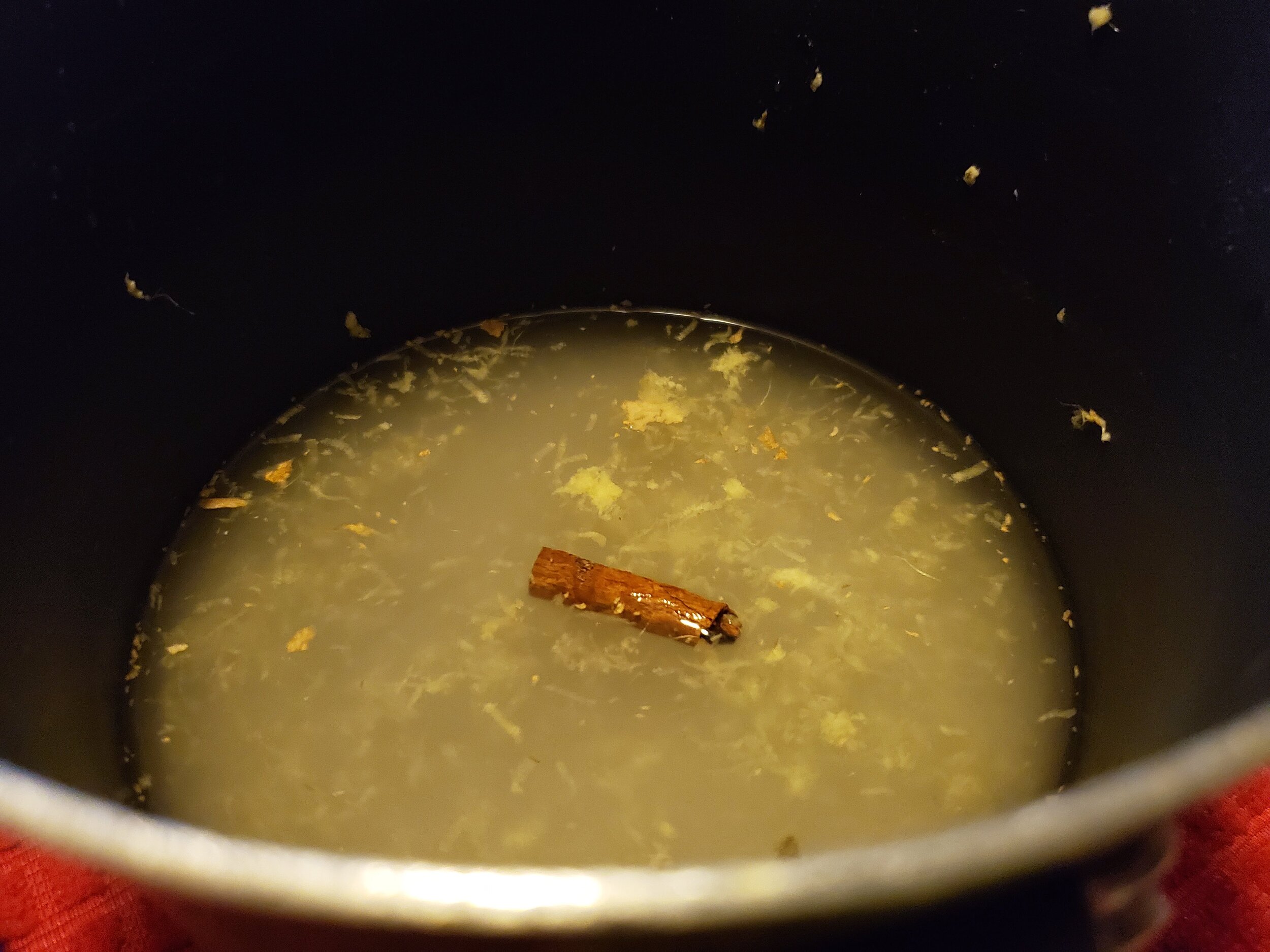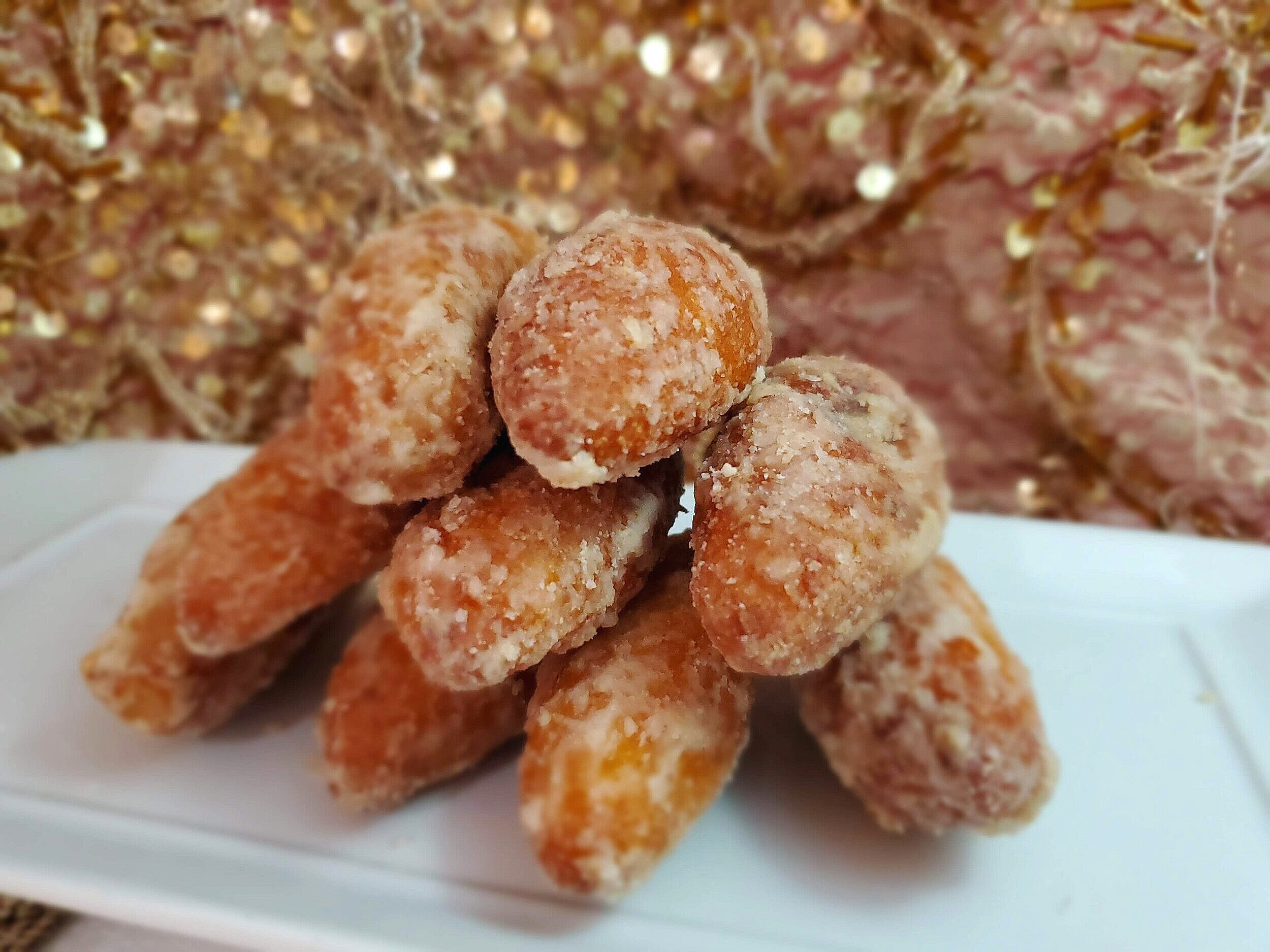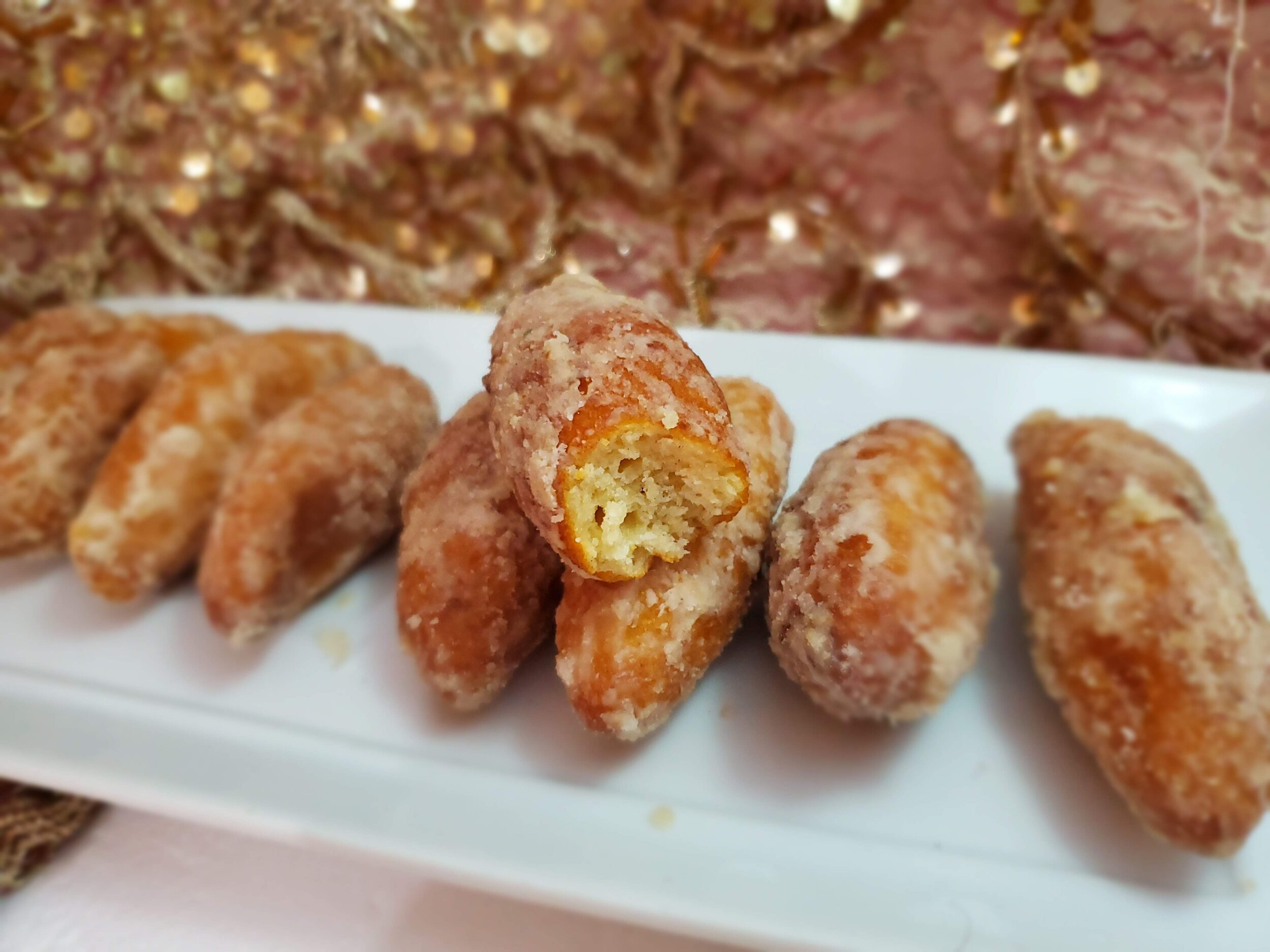The BEST Trinidad Gulab Jamoon
Trinidad Gulab Jamoon is a favourite East Indian delicacy made with powdered milk and spices. It is fried to a golden brown, coated in a sugary syrup, and is most popular around Divali time. This recipe is a detailed guide to making the perfect Gulab Jamoon at home for you to enjoy anytime.
Trinidad Gulab Jamon- a popular indian delicacy in Trinidad.
Gulab Jamoon! What if I told you that Gulab Jamoon in India, is what we call Rasgulla in Trinidad? Our East Indian ancestors may have created their own versions of Indian sweets when they were brought here to Trinidad. Who knows? The origin of this is still unknown, but what we do know for sure, is that Trinidad Gulab Jamoon tastes soooooo good! And let’s not confuse this with kurma, because they are distinctly different. It’s not made from the same base dough, so we really shouldn’t refer to it as “fat kurma” LOL. The dough for gulab jamoon is more soft and delicate, and it has more of a milky flavour instead of a flaky, slightly crunchy texture when compared to kurma.
Growing up, Divali was always my favourite holiday. I loved the preparations and I loved having to taste all the goodies after finishing our Lakshmi puja/prayers. My mom would make all the sweets the day before by herself. I was too small at that time to assist; my role usually entailed making flower garlands on the day of Divali. At that age, my mom did everything in the kitchen. Now it’s much different- we divide all the duties. I make the gulab jamoon, rasgulla and the coconut barfi; she handles the kurma and the milk barfi.
The best Gulab Jamoon I have ever tasted, came from my cousin Wendy, who lived right next door to me. Hers is so delicate, tender, milky and flavourful. I asked her to show me once how it’s done, and throughout the years, I added a few of my own twists, with the help of my mom, to finalize on this one. Everyone has their version where some have more powdered milk than some- there is no wrong way to make it, it just depends on what your liking is. Some are dense and chewy , whilst some are delicate and tender. This one is for sure the latter- delicate and tender!
Tips for making the perfect Gulab Jamoon:
Grate the cold butter on the large side of a box grater before rubbing it into the dry ingredients. I learnt about this in one of my many baking books which explained some baking hacks such as this one. Grating it allows the butter to combine much quicker than if you add cut pieces. You can also add the dry ingredients and butter to a food processor and pulse until the breadcrumbs texture is achieved.
After mixing the dough, let it rest for at least 1 hour, or even overnight. Resting allows the flour and milk to absorb moisture and flavourings that you have added to the dough. It also allows the gluten strands in the dough to relax a bit. This leads to that tender texture which you will get in the end product. I have made these with and without resting, and it does make a difference. And like I said, it can even be made the day before and stored in the fridge.
The dough will be very dry after resting. So you need to add some liquid milk (any kind will do: full cream, low fat, evaporated), and squeeze portions of the dough together to get a texture that will allow you to roll out the Gulab Jamoon into the desired shape.
When shaping the dough, it’s easier to roll it into a ball first, then squeeze the ends while rolling to get that well rounded center. This comes with practice; so don’t be discouraged if you don’t get the shape on the first try.
Fry them on low heat. This will ensure that they are cooked through. You can always test 1 before, just to make sure your have the right temperature. Cut it in half when it’s done to see if it’s cooked through. They usually puff up and double in size when they are cooked through.
When frying, they may stick to the bottom at first. After a couple of minutes, use a spoon to gently loosen them from the bottom of the pot. They will then float up in the oil. You have to keep tossing them around for the remainder of the frying time to get that nice, even golden exterior.
Place them in a single layer after they have fried, because these will be so tender and soft that they can become squished and lose their shape.Because of this, they must be cooled before adding the sugar syrup or paag.
Add the cooled Gulam Jamoons to a wide enough bowl which will allow sufficient space for even coating of the paag. This will prevent them from breaking up.
When you add the paag to the sweets, use a metal spoon and turn it by starting at the wall of the bowl, running it along the base to the center and then bring it up through the sweets gently. I usually turn the bowl simultaneously with my other hand.
Check out my video below to see how I did this at home - please excuse the lighting in some parts…lol
Yield: 30-35 Gula Jamoons. This Recipe can be doubled, or even tripled!
Ingredients:
For the Gulab Jamoon
3 cups powdered milk (full cream is best)
1 1/4 cups flour
6 tablespoons butter
1/2 of a 14-ounce can of sweetened condensed milk
1/2 teaspoon cinnamon
1/4 teaspoon elichee/ ground cardamom
1/4 teaspoon ground ginger
1/2 cup evaporated milk
1/2 cup to 1 cup liquid milk for rolling- varies, depending on the dough
For the Paag/pag/phag or Sugar Syrup
1 cup water
1 cup white sugar
1 tablespoon grated ginger
1 inch piece of a whole cinnamon stick
For dusting
1/2 tablespoon powdered milk
1/4 teaspoon ground cinnamon
Method:
Mix the powdered milk, flour, ground cinnamon, elychee and ginger in a bowl. Take your margarine or butter and grate it on the large side of a box grater. Add the butter and condensed milk to the dry ingredients, and rub between your fingers until it resembles breadcrumbs. Add about 1/4 to 1/2 cup evaporated milk and combine to form a dough. Because of the ratiio of milk to flour, no kneading is necessary; just form into a ball and allow to rest for at least 1 hour.
After resting, the dough will be very dry. Break up the dough with your fingers and add a splash of liquid milk. Press and squeeze the dough until it is easy to roll and form into a ball- Add more milk if needed.
Time to start rolling and shaping! Take about 1 to 1 1/2 tablespoons of dough and roll into a ball. Squeeze the ends while rolling to form into the Gulab Jamoon shape. Make sure it’s smooth on the outside’ if it’s not, then it can break while frying. After rolling, deep fry them on low heat in a heavy bottomed pot until golden brown. Place on a paper towel on a single layer, to drain and cool.
In the meantime, make the sugar syrup or paag. Add all ingredients to a saucepan, and allow to boil. Bring to a simmer and boil for about 18-20 minutes, until it reaches the “thread stage” or around 230 degF on a candy thermometer.
Learning Time
What is the “thread stage?”
The thread stage is the first stage in candy making. It is the lowest temperature range, out of the 7, when making candies such as fudge, toffee and lollipops. It occurs between 223-235 degF, and can be seen visually when you lift your spoon out of the syrup and it forms a thin thread, like a spider web. You can also drop it in a glass of cold water, and you will also see that distinctive thread.
Add the paag to the bowl with the sweets, and start mixing through. Keep turning until the sugar starts crystallizing - it will start looking white. At this point add the cinnamon and powdered milk for dusting and continue turning, gently, until the outside of the Gulab Jamoons becomes dry, and no wet paag is seen again.



